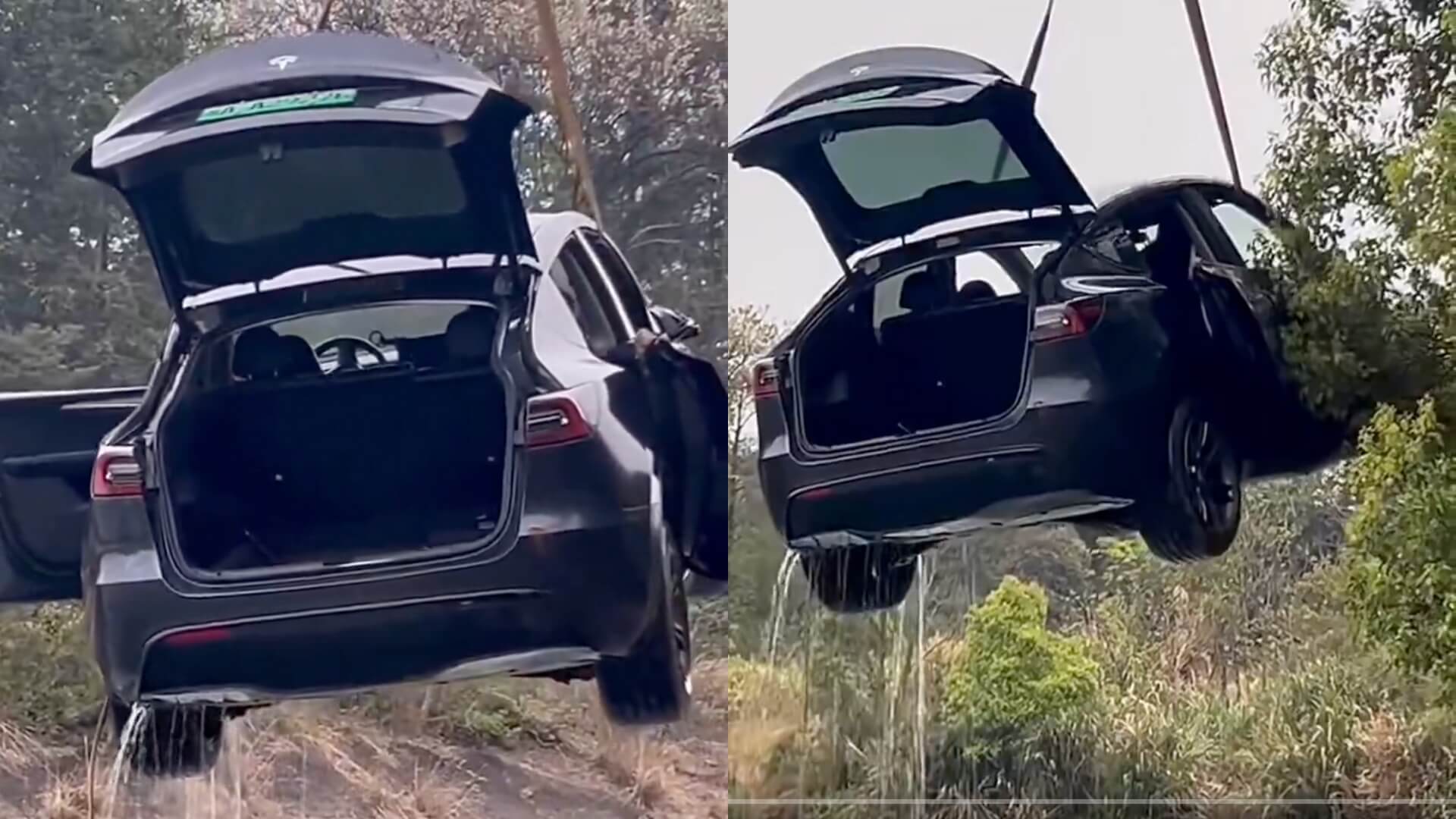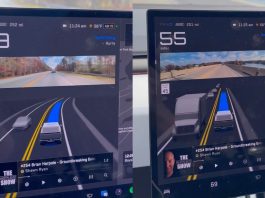Modern vehicles are being equipped with more advanced safety technologies, and Tesla is leading the way in this category. One key safety feature among them is how Tesla cars handle themselves underwater. If halted by water, Tesla cars are programmed to lower the windows and open the trunk to raise the odds of escape for occupants.
Even though this innovative feature adds a layer of massive safety protection to the matter, it also reveals a more profound reality: actual safety in such a situation is not only dependent on technology—it requires a prerequisite of human preparedness, above all the ability to swim.

Tesla’s Underwater Safety Mechanism
Tesla’s response to the rare but life-threatening scenario of a vehicle being submerged in water is both thoughtful and potentially life-saving. When the vehicular sensors discover submersion, the windows automatically slide down, and the trunk also opens. This method is founded upon the fact that it is more and more difficult to escape from a submerged vehicle, once the doors are locked tightly by water pressure. By opening escape routes, Tesla greatly boosts the odds of occupants reaching safety in the few seconds before the fires begin.
For safety, Tesla cars automatically lower windows and open the trunk when submerged in water.
However, true safety requires the driver to know how to swim. pic.twitter.com/Bcu5Zeyewu
— Aaron Li (@boolusilan) April 30, 2025
The system is built to operate when the electronic parts have started to fail due to water. The notion is to provide a brief window of time, frequently just seconds, in which passengers may act and escape ahead of the vehicle becoming completely submerged or the battery systems turning off. In essence, Tesla is buying itself time for its passengers in an otherwise horrific situation.
While Tesla’s underwater vehicle escape function is good, it is not a substitute for basic lifesaving skills. One of the most important skills to know in such emergencies is the ability to swim. Once away from the car, passengers are left to deal with the road crossing on their own, swimming into the water, which may be and likely will be under dangerous situations, and also a heck of a different environmental condition.
Drowning is among the top accidental causes of death worldwide. Frequently, the victims do not know how to swim or panic in the water, and cannot save themselves even if they get out of the vehicle. Even a basic idea of swimming, staying calm, and floating can greatly enhance chances of survival if someone can escape from a submerged vehicle.
The Role of Driver Preparedness
Besides knowing how to swim, drivers should be skilled in how to react when other vehicles enter the water. Going against nature and trying to open the door right away usually fails due to the pressure of water. In their place, windows should be the primary means of exit. However, Tesla’s automatic window-lowering functionality covers this, yet drivers and passengers still need to offer it quickly.
Likewise, keep a small toolkit of emergency supplies, including a window breaker, a cutter, and similar items on hand. In certain cases, the automatic systems may fail or not engage quickly enough. With the right tools and knowledge, and being a prepared driver, he has a much better chance of surviving.
Conclusion
Tesla’s underwater vehicle safety system is a great example of how technology may save human life in emergencies. But it should not create complacency. Technological solutions are best regarded as a complement to the core human skills. Combining both can provide the highest level of protection.



